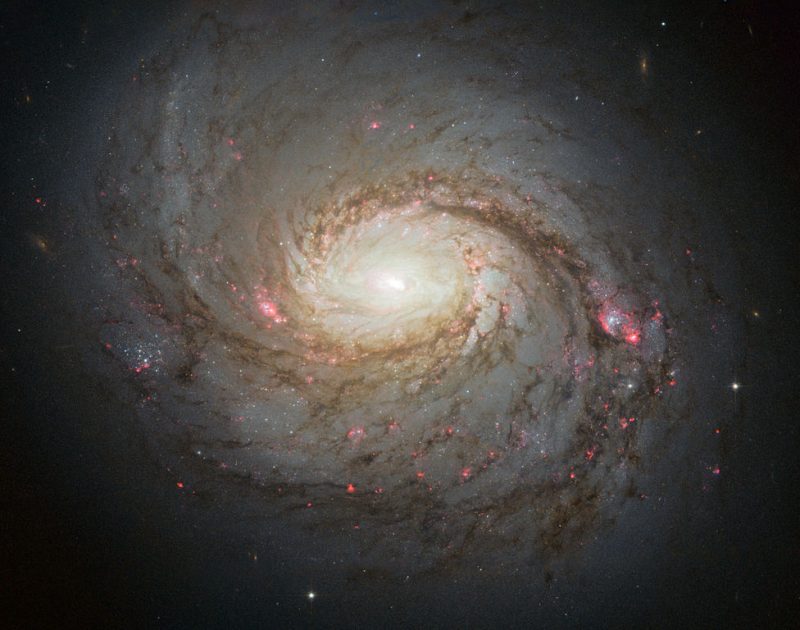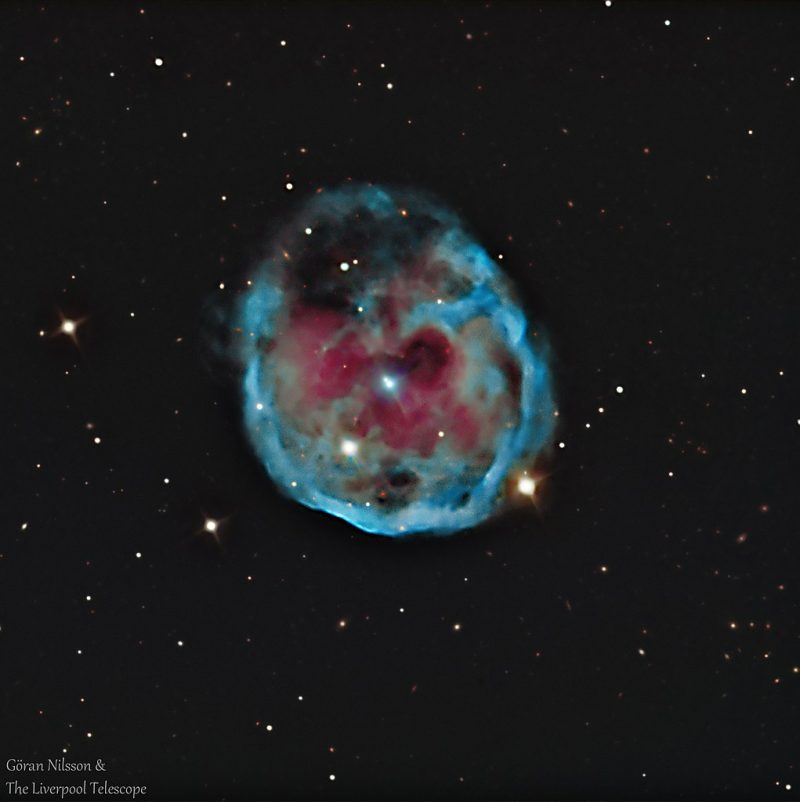
On the nights until December 22, 2023, watch for the moon, as it will pass above the constellation Cetus the Whale. The moon will near the tail of Cetus, cross above the body and then appear near the whale’s head. So the moon can be your guide to Cetus on these nights. What else is nearby? Only our solar system’s largest planet, and the brightest “star” in the evening sky, Jupiter.
Cetus the Whale doesn’t have Jupiter’s brightness. But it’s noteworthy as the 4th-largest of the 88 constellations. Only Ursa Major the Great Bear, Virgo the Maiden and Hydra the Water Snake are bigger. Also, Cetus lies in a part of the night sky that represents a celestial sea. You’ll find it below Pisces the Fish and Eridanus the River. Other water-themed constellation inhabit this region of the sky as well.
EarthSky 2024 lunar calendars now available! They make great gifts. Order now. Going fast!
The mythology of Cetus
In Greek mythology, Cetus was a fearsome sea monster. Cetus nearly ate Andromeda the Chained Lady before Perseus the Hero arrived and saved the day, slaying Cetus. And depending on the myth you read, Cetus either meets its fate on the sword of Perseus or by turning to stone after viewing the severed head of Medusa.

The stars of Cetus the Whale
The brightest star in the head of Cetus is Menkar, shining at magnitude 2.54, but it’s the second brightest star in the body Cetus and also goes by the name Alpha Ceti. It’s located about 250 light-years away.
The star that marks where the whale’s head joins its neck is the 3.47-magnitude star Kaffaljidhma, or Gamma Ceti. Moving toward the body of the whale is Delta Ceti at magnitude 4.08. Delta will be useful later for finding Cetus’ one prominent galaxy.
The next star in the body of the whale is the famous Mira the Wonderful. Mira, or Omicron Ceti, is a popular variable star, which is one that changes in brightness. This long-period variable star can get as bright as magnitude 2 and as dim as magnitude 10. When you compare it to the other stars in Cetus, how bright does Mira look tonight? Another curious feature of Mira is that it is rushing through space at 290,000 miles per hour (466,000 km/h). This immense speed and the fact that Mira is nearing the end of its life and ejecting material means the wonderful star sports a tail that stretches for an incredible 13 light-years.
The brightest star in Cetus goes by three different names: Beta Ceti, Diphda and Deneb Kaitos. This star shines at magnitude 2, lies in the tail of the beast and is 96 light-years away.
Finally, the star Earendel is the most distant star ever detected. As a matter of fact – it is so distant – it emitted the light we now see some 12.9 billion years ago.
Galaxies in Cetus the Whale
The only Messier object in Cetus is the Squid galaxy or M77. It lies just a degree east-southeast of the star Delta Ceti. M77 shines at magnitude 8.8 from 47 million light-years away. The face-on spiral galaxy has an active galactic nucleus and a noticeably bright center. Those with large telescopes may be able to catch another galaxy between Delta Ceti and M77. The magnitude -10.6 galaxy NGC 1055 resides there.
By the way, M77 is generally the first object to find if you’re doing a Messier Marathon in spring. That’s because it slips away fast in the western evening twilight that time of year.

Nebulae in Cetus the Whale
One notable planetary nebula lies six degrees north of the brightest star Diphda, or Deneb Kaitos. NGC 246 has a magnitude of 8. The nebula has a bubble or ring-shaped appearance and is 1,600 million light-years away.
Planetary nebulae come into being when stars puff off material toward the end of their lives. Mira will eventually create another planetary nebula in Cetus when it ends its life and ejects its remaining gas. As a fitting moniker for a star that has given up the ghost, NGC 246 also bears the nickname of the Skull nebula.

Bottom line: Cetus the Whale is a huge constellation that swims in a sea of stars near constellations named for a river and fish. Its most notable star is Mira the Wonderful. The moon – and Jupiter – are near Cetus from December 19-23, 2023.











